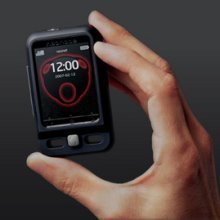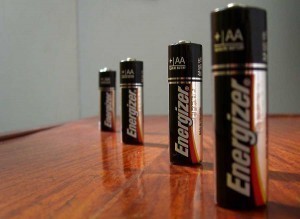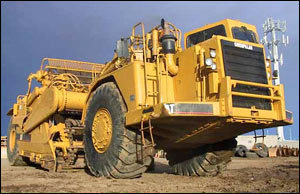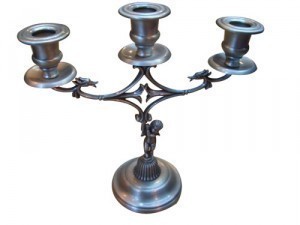Test Tube Holder Size
It should be clear to anyone what the function of a test tube  holder is just by its name. However, one might be confused as to what it actually is since there are two laboratory instruments, the test tube clamp and the test tube rack, that are used to hold test tubes, though in different ways.
holder is just by its name. However, one might be confused as to what it actually is since there are two laboratory instruments, the test tube clamp and the test tube rack, that are used to hold test tubes, though in different ways.
Let’s start with the test tube clamp, which is probably what most people commonly refer to as a test tube holder. While that does accurately describe its purpose, it is not actually the proper term for it. But true enough, the test tube clamp is used to handle test tubes when performing delicate operations in an experiment. For instance, it would be useful in handling a test tube that contained a hazardous chemical and is hence too dangerous for one’s unprotected fingers to touch, or if one needed to hold the tube over a flame to heat its contents. Made out of thick metal wires, the test tube clamp comes in a range of sizes, but most measure 5 inches in length.
The lab apparatus that is more correctly referred to as a test tube holder is the test tube rack. The rack is, of course, the proper place to put test tubes in when they are not in use. It can be made out of various materials, such as wood or polypropylene, but it is most often made from Polyethylene, which has a resistance to different chemicals and acids.
Test tube holders/racks come in a range of sizes, from 128x105x43 millimeters to 130x107x45 millimeters, 140x110x53 millimeters, and so on. Certain racks are designed to contain a specific number of test tubes in particular sizes. One type of rack is capable of holding 8 test tubes measuring up to a diameter of 16 millimeters, and there is another type that can hold 12 tubes measuring 18-20 millimeters in diameter. There is a test tube holder whose holes come in varying sizes, enabling it to hold test tubes of corresponding dimensions. To be exact, it can contain six 50 milliliter tubes, seven 15 milliliter tubes, and more than twenty 1.5 milliliter test tubes.
Besides the function that it was built and named for, the test tube holder can also be “upcycled” or used for other purposes. Indeed, the test tubes themselves can be used to hold other things other than chemical substances. For example, one can half-fill their test tubes with water, put small flowers in them, and place them into the test tube holder, turning it into a sort-of miniature flower exhibit. Or, one can use the test tube holder to store pens and markers instead. One can also fill test tubes with spices and turn their test tube rack into a spice rack. Just as these instruments are used in performing scientific experiments, one may also experiment with different ways of using them around the household.





